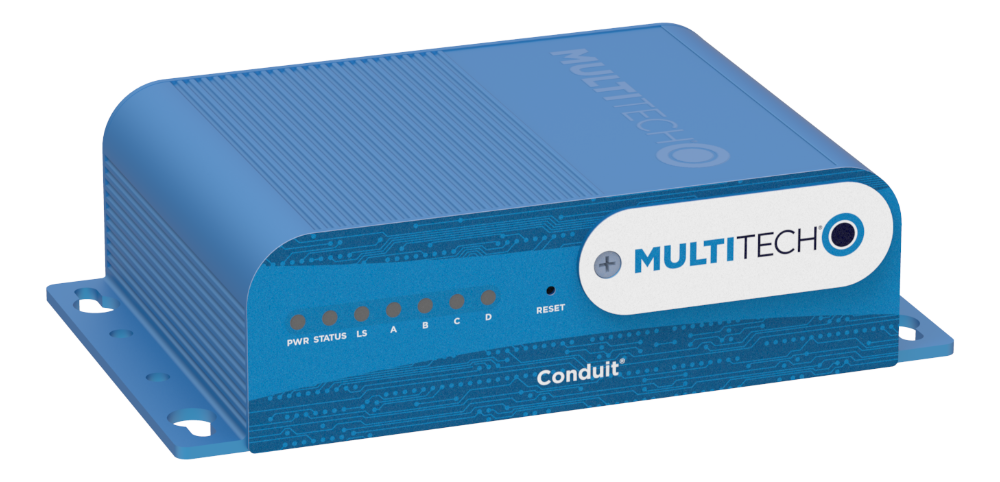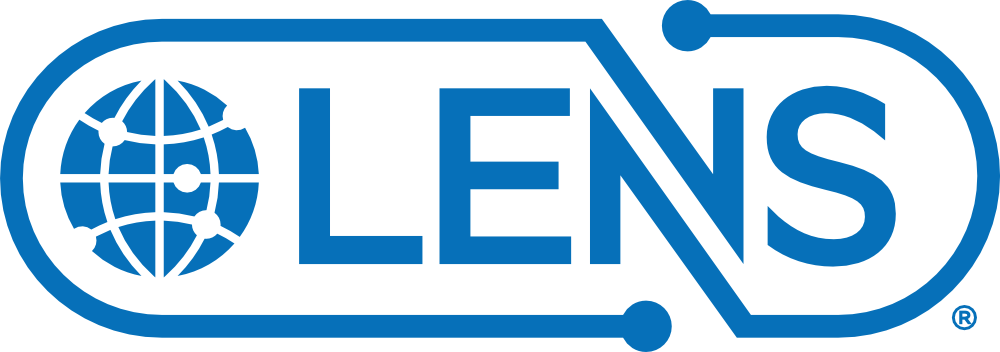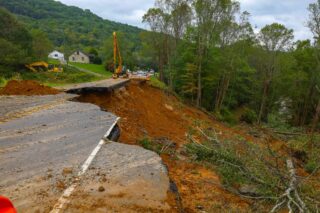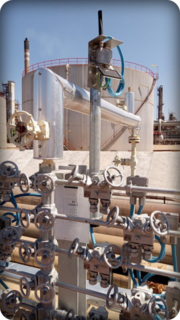Tank Monitoring in the Oil Field
Using Smart Lids to Track Levels in Emulsion Tanks
Background
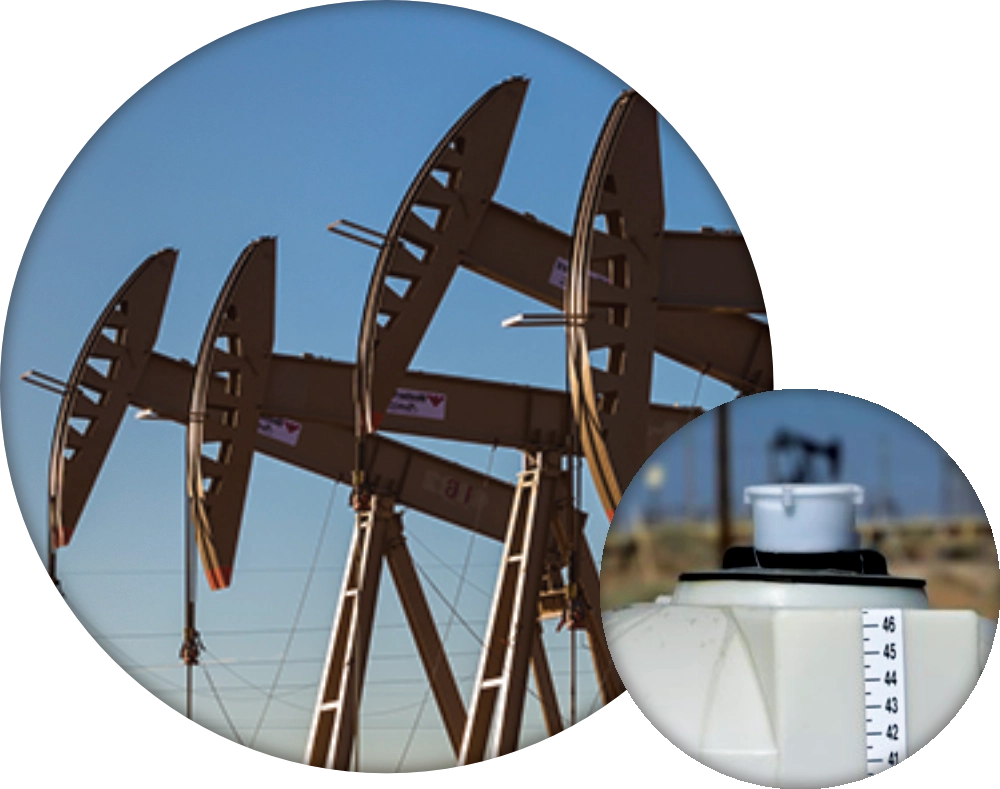 Chevron has produced oil and gas in California for more than 100 years, responsibly providing the energy to serve residents, businesses and industries — including local agriculture, which accounts for approximately one third of national agricultural output. The company’s San Joaquin Valley business unit (SJVBU) produced more than 140,000 barrels of oil equivalent in 2018 from 18,000 wells across more than 100 square miles. As part of the company’s long-standing commitment to safety, operational efficiency and the environment, Chevron began deploying radio frequency (RF) monitoring devices throughout the valley nearly forty years ago.
Chevron has produced oil and gas in California for more than 100 years, responsibly providing the energy to serve residents, businesses and industries — including local agriculture, which accounts for approximately one third of national agricultural output. The company’s San Joaquin Valley business unit (SJVBU) produced more than 140,000 barrels of oil equivalent in 2018 from 18,000 wells across more than 100 square miles. As part of the company’s long-standing commitment to safety, operational efficiency and the environment, Chevron began deploying radio frequency (RF) monitoring devices throughout the valley nearly forty years ago.
Challenge
Most recently, Jonathan Polly, the SJVBU’s solutions operations architect oversaw the development and deployment of new LoRaWAN® smart lids to help manage thousands of 250-gallon tanks that support well health, corrosion prevention, and adding treatments to the wells and flowlines to optimize production. Before this new low-power, wide-area technology was available, connecting these relatively inactive assets using RF would have been cost prohibitive.
Solution
“These tanks used to be checked with dipsticks, but we recently added ‘smart lids,’” he says. “Our smart lids take level readings and transmit data over a Long-Range Wide Area Network (LoRaWAN) using nodes with 10-year batteries that can transmit over 10 miles in ideal conditions, which is more cost-effective than cellular alone.” In addition to its long range and power efficiency, the new LoRaWAN solution saves over alternatives thanks to its link budget. A single MultiTech Conduit® gateway can support thousands of end points – effectively allowing Chevron to cover the entire valley with just a few.
Moreover, as critical infrastructure, the security of Chevron’s field networks is of paramount importance. LoRaWAN enabled them to deploy their own network – without relying on a third-party network operator. Chevron used MultiTech LENS® for easy and efficient deployment and management of its network. LENS provides centralized key management for LoRaWAN end devices, and configuration and control of MultiTech Conduit gateways.
Outlook
Since LENS makes it easy to add gateways and end devices in bulk and also create separate organizations, Chevron is considering adding additional LoRaWAN-enabled sensors to other parts of its operations in central California and possibly beyond.
“In the future, we’re going to see if we can use these nodes and LoRaWAN to monitor temperature, pressure, vibration and soil samples,” Polly says, adding, “In the end, the economics were a no-brainer, so we just did it. We achieved a significant return on investment (ROI) and reduced drive time, while optimizing the supply chain and using easily deployable technology. In general, LoRaWAN is an order of magnitude less costly than traditional radios and wireless, so we’re looking at other use cases for it, such as routine operating duties.”
Ready to learn more about how MultiTech products can take your business to the next level? Contact our team of experts online at MultiTech.com today!
For additional information, contact: sales@multitech.com
